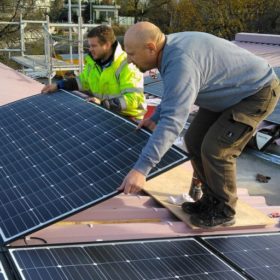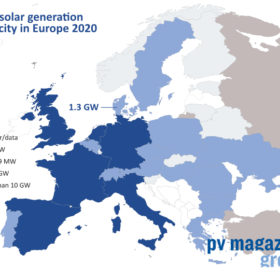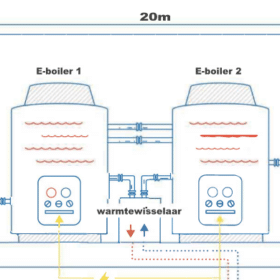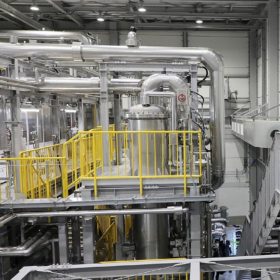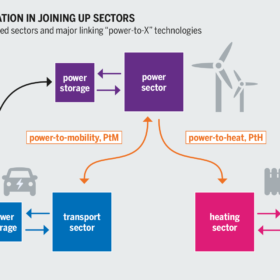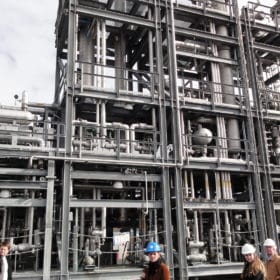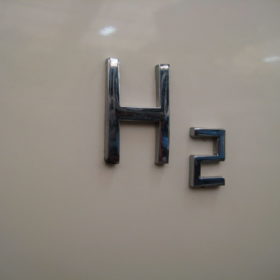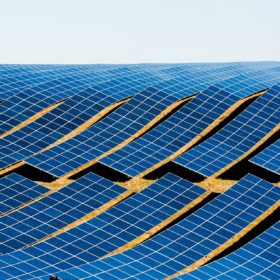Pakistan’s looming water crisis could be eased by a solar-led energy system
With renewable energy generation said to consume up to 95% less water than fossil-fuel fired power plants, solar could lead the way to a less stressed existence in mid century, according to researchers from Finland’s LUT.
Energy transition to create 60m solar jobs by 2050
The switch from fossil fuels and nuclear will bring a jobs dividend thanks to the greater labor-intensity of renewables plants, according to a paper published by Finland’s LUT. However, the jobs dividend is unlikely to be evenly spread around the world, with Europe set to be a big winner.
‘Denmark could be an 80 TWh clean power market by 2030’
Green hydrogen demand and electrification could drive a solar boom in the nation, according to the chief executive of a developer sitting on 4 GWp of photovoltaic projects.
Giant electric boiler energized by wind and solar in the Netherlands
Swedish energy company Vattenfall is planning to build a 150 MW electric boiler near Amsterdam under the Netherlands’ SDE+ program for large scale renewables. The facility is planned to operate when a lot of electricity from wind and sun is available and to supply hot water to households in the city and its surrounding areas.
Breaking the rules to foster green hydrogen innovation
The Danish Energy Agency has granted permission, to two power-to-X specialists, for the development of innovative projects without having to comply with the country’s energy legislation. This exemption is part of an upcoming pilot scheme to support new clean energy technologies, including green hydrogen.
Power-to-X may cover 28% of global energy demand by 2050
The so-called powerfuels are primarily required for sectors that are difficult to electrify, such as aviation and shipping, as well as for the processing of raw materials. This is shown by a new study by Finland’s LUT University and the German Energy Agency.
What must be done to use solar and wind in power-to-methanol
According to a research team from Oxford University, solar and wind may be applied in power-to-methanol projects only if the methanol industry will switch from conventional chemical processes, that require a constant energy supply, to more flexible processes that need demand-side management.
Power-to-hydrogen for multi-energy systems
Scientists in Switzerland say power-to-hydrogen is particularly promising for coupling electricity and heating and offsetting seasonal variation in renewables generation in sector-coupled energy networks. Their analysis indicated the technology may be especially useful in areas with a high ratio of seasonal thermal-to-electric demand.
Affordable hydrogen-fueled flight possible in 2035
Hydrogen-fueled aviation has a realistic chance of helping the sector achieve climate goals, according to a European Union-commissioned study.
Historic-low interest rates will power ahead astonishing solar cost reductions
An Ieefa report has suggested the cost of generating electricity from solar will be near zero in the world’s sunniest regions by 2030-40 – despite what the naysayers at the International Energy Agency might think.

